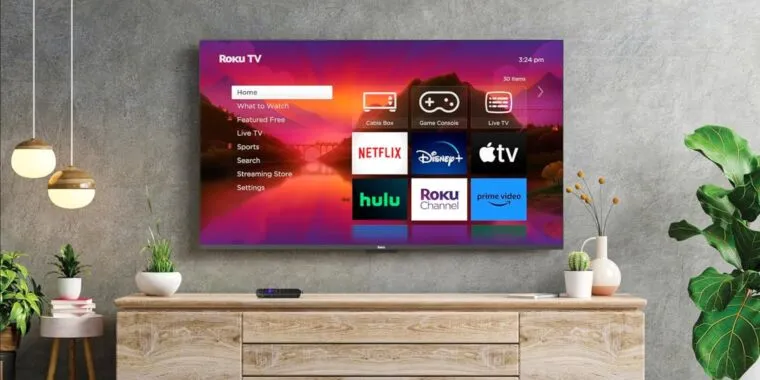Roku has patented a way to show ads over anything you plug into your TV
Roku has patented a way to show ads over anything you plug into your TV

System would detect paused content on external devices and show ads on top.

A patent application from the company spotted by Lowpass describes a system for displaying ads over any device connected over HDMI, a list that could include cable boxes, game consoles, DVD or Blu-ray players, PCs, or even other video streaming devices. Roku filed for the patent in August 2023 and it was published in November 2023, though it hasn't yet been granted.
The technology described would detect whether content was paused in multiple ways—if the video being displayed is static, if there's no audio being played, if a pause symbol is shown anywhere on screen, or if (on a TV with HDMI-CEC enabled) a pause signal has been received from some passthrough remote control. The system would analyze the paused image and use metadata "to identify one or more objects" in the video frame, transmit that identification information to a network, and receive and display a "relevant ad" over top of whatever the paused content is.

